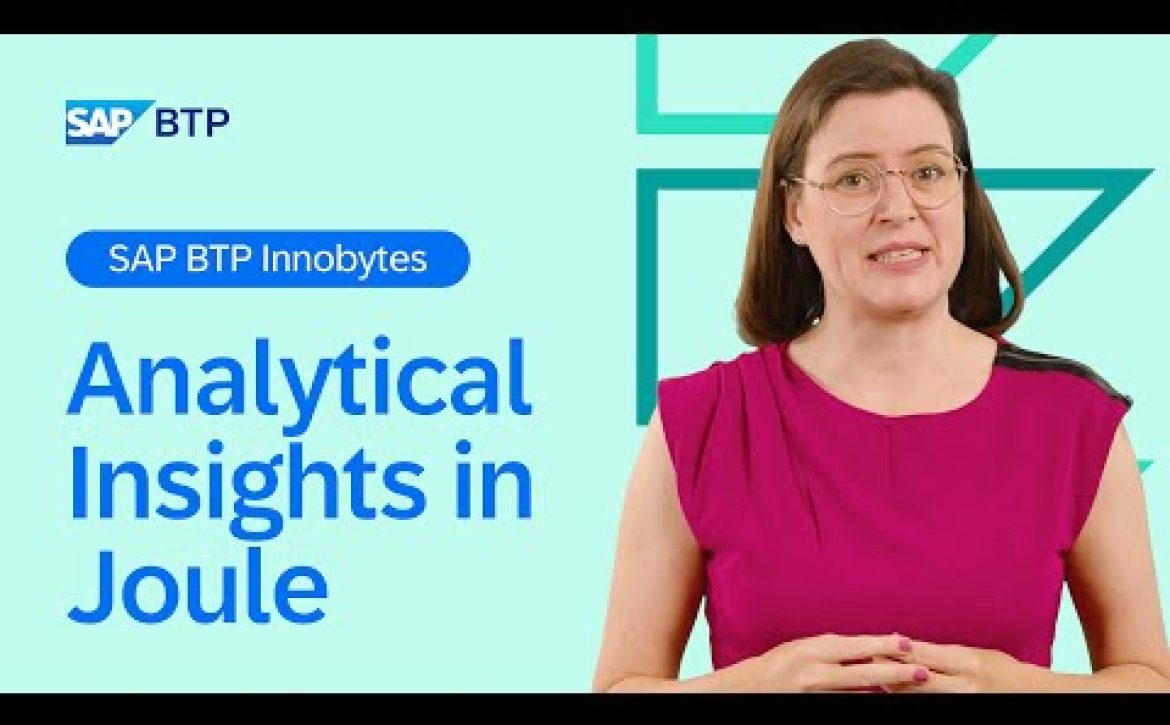SAP AppHaus Network Member LeverX Opens Location in Miami
On October 23, 2025, SAP AppHaus Network member LeverX officially opened its newest creative co-innovation space, SAP AppHaus Miami.
Miami is a city that thrives on diversity and innovation, making it the perfect home for LeverX’s second SAP AppHaus location. Together with Mindset and Sierra Digital, LeverX becomes the latest SAP AppHaus Network partner to establish a creative lab in North America. In addition to its SAP AppHaus in Wroclaw, Poland, LeverX is now expanding its global footprint with this vibrant new space in Florida’s cultural capital.
Located in the heart of Miami’s metropolitan area, SAP AppHaus Miami invites customers to co-create new solutions with LeverX’s experienced team of coaches and architects and enjoy the city’s rich cultural and Hispanic heritage.
On October 23, Jan Gilg, chief revenue officer and president, SAP Americas and Global Business Suite, celebrated the opening of the new SAP AppHaus Miami with Dr. Victor Lozinski, CEO at LeverX, his team, and a group of customer executives.
“With the opening of the LeverX AppHaus Miami, we are proud to continue our partnership with LeverX by helping even more American customers leverage the power of data, AI, and human-centered design. By reducing complexity through low-code frameworks, we look forward to accelerating innovation and delivering even more solutions for our customers that drive their productivity and help them grow their businesses even further.”
Jan Gilg, Chief Revenue Officer & President, SAP Americas and Global Business Suite

About LeverX
A long-standing SAP partner, LeverX is a global system integrator and a top-tier consultancy dedicated to delivering professional, customer-centric solutions and services. Founded in 2003 on the principles of technological excellence and personalized service, LeverX has established itself as a trusted partner in the digital transformation journey of Fortune 500 clients worldwide.
“LeverX, a global system integrator, unites more than 2,200 specialists dedicated to delivering end-to-end business solutions. Working hand in hand with clients, LeverX experts transform strategic visions into fully operational systems that drive measurable results. The recent opening of the company’s second SAP AppHaus underscores LeverX’s continued commitment to human-centered innovation. This milestone highlights how a focus on user experience enables organizations across industries to create and implement best-in-class SAP business solutions.”
Dr. Victor Lozinski, CEO LeverX
Welcome LeverX SAP AppHaus Miami
The SAP AppHaus team proudly welcomes the LeverX SAP AppHaus Miami to its network of more than 20 partner-driven locations worldwide.
“Here’s to a warm welcome to the LeverX SAP AppHaus Miami team! Our Innovation Experience team is excited to see SAP AppHaus Network expand with its newest location in Miami—a vibrant creative space to work shoulder to shoulder with customers, designing and prototyping impactful solutions. At its core, it’s all about delivering superior customer experiences by transforming complex challenges into clear opportunities, turning ideas into business-ready innovations powered by SAP’s latest technology.”
Dennis Kecskemeti, Vice President, Head of SAP Innovation Experience
The LeverX SAP AppHaus Miami team consists of top SAP experts and advanced IT solution experts. The dynamic design thinking space is designed for collaborative innovation, comfortably accommodating up to 25 participants. Larger events can be hosted in an additional space within the building. The flexible layout allows the environment to suit any interactive workshop, ensuring an engaging and productive experience.
“We are proud to open our second LeverX SAP AppHaus location in Miami. What truly sets it apart is its unique blend of a productive environment and an enjoyable lifestyle. Imagine starting your day with an immersive explore workshop, enjoying the bustling downtown at lunch, and then unwinding on a yacht in the evening. This opportunity to conduct business in a relaxed and inspiring setting acts as a powerful innovation booster, encouraging fresh perspectives and out-of-the-box thinking. We can’t wait to welcome our first co-innovation customers in the newly designed spaces.”
Nataliya Rubakhava, Global SAP AppHaus Lead at LeverX
More information about the LeverX SAP AppHaus Miami can be found on the dedicated web page or by visiting the new creative space at 801 Brickell Ave #1970, Miami, Florida, 33131, United States of America.

About SAP AppHaus Network
For more than a decade, SAP AppHaus Network has collaborated closely with a growing group of more than 20 partners around the world. It has established its own SAP AppHaus locations and is fully trained in SAP’s human-centered approach to innovation. Together, all members work to drive co-innovation projects with customers, using cutting-edge SAP technologies such as SAP Business AI and exploring and designing business use cases in workshops such as the latest Joule Agent Discovery Workshop offered in the specialized innovation toolkit for AI.
All members are empowered early on with the latest methods, tools, and knowledge, allowing them to act as agile front-runners and co-innovation experts. They can support customers regardless of their digital maturity, guiding them to explore new use cases and unlock tangible business value for customers around the world along SAP’s human-centered approach to innovation. As of October 2025, the LeverX SAP AppHaus Miami joins the SAP AppHaus Network as 24th location worldwide. Kathrin Tarnai-Sindl, head of SAP AppHaus, concludes: “LeverX is the first SAP AppHaus Network member to open a second SAP AppHaus location. We look forward to seeing more and more organizations benefit from this superior customer experience offered by our trusted partners, in Florida and beyond!”
Imke Vierjahn is SAP AppHaus communications lead.











